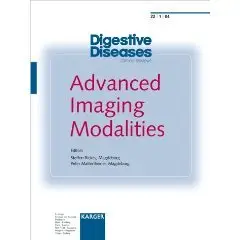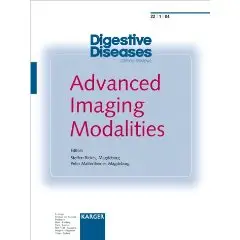Advanced Imaging Modalities
Karger | July 27, 2004 | ISBN 380557777X | PDF | 4,8 Mb | 94 Pages
Karger | July 27, 2004 | ISBN 380557777X | PDF | 4,8 Mb | 94 Pages
Imaging technologies are the cornerstone in the diagnosis and staging of benign and malignant lesions in the liver and pancreas. Although the methods are partly competing, they often need to be used in a complementary way in order to obtain optimal results for decision making.
The introduction of new and refined non-invasive imaging technologies has lately led to a major progress in the diagnostic approach to diseases of the digestive system. For example, this is the case with echo-enhanced sonography: This technique is based on the property of microbubbles to resonate and emit harmonic waves in an ultrasound field. The initial method, defined as ‘second harmonic imaging’, was limited by the incapacity to separate the signals obtained from the bubbles and the tissue texture. This procedure has been replaced by the pulse inversion imaging technique which now gives a much better picture quality, allowing to depict the vascularization pattern of distinct lesions in the liver and pancreas. Similarly, the performance of other key imaging modalities such as CT-scan, magnetic resonance imaging, Doppler sonography and endosonography has been improved.



